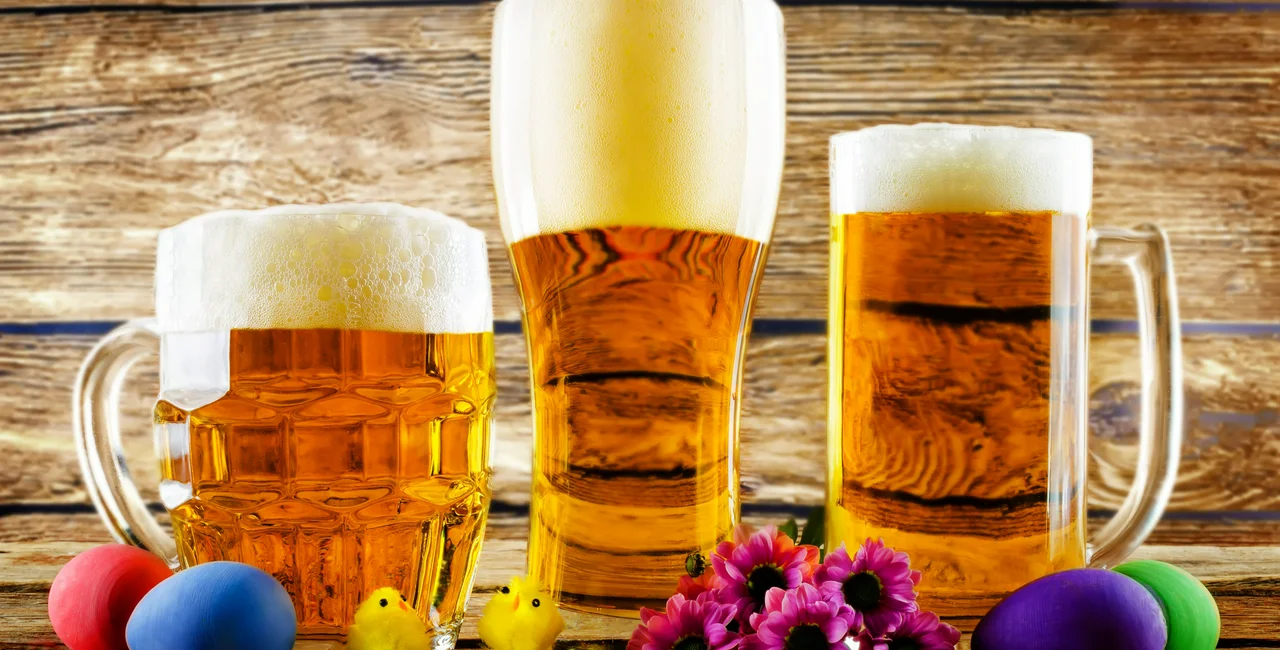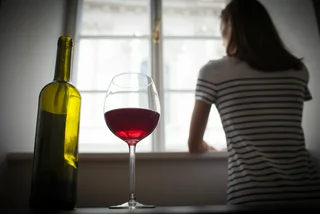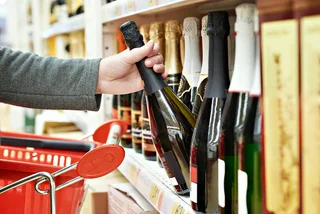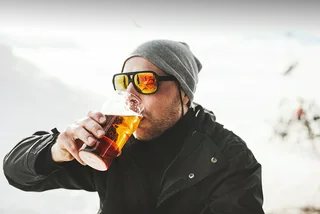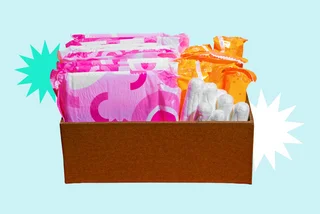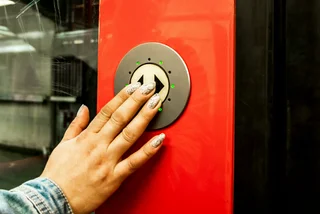The Czech Republic has long topped international rankings for consumption of beer. While many people see this as a point of pride, there is a downside: a significant amount of Czechs are considered at-risk drinkers.
A survey by the Department of Addictology of Charles University's First Faculty of Medicine found alcohol dependence in 3 percent of the population, while 25 percent of respondents have at least a moderate level of alcohol problems, and at least 40 percent of people drink at risk. The online survey was conducted last year and had 809 respondents.
The survey also reported the kinds of drinks Czechs imbibe most, as well where, when, and with whom. With spring here and Easter on the horizon, the survey pointed out that the holiday is often a reason for raising multiple glasses.
“We tried to answer questions about normal alcohol consumption. For example, in what months do people drink the most, on what occasions, whether they have encountered the homemade alcohol or even what they think about current policies about alcohol,” researcher Miroslav Barták said.
A daily intake of 40 to 60 grams of alcohol for men, or about three beers or three two-deciliter glasses of wine per day, and 20 to 40 grams for women, or two beers or two glasses of wine, is considered risky drinking. The survey was intended to fill in gaps in information on alcohol use in the Czech Republic.
Most people reported drinking beer and wine. From hard alcohol, more people have consumed liqueurs, slivovice, and tuzemák (Czech rum) than vodka, whiskey, or Fernet.
“With the exception of liqueurs, sparkling wine, and red wine, all types of alcohol are consumed to a greater extent by men,” Barták said.
About a third of respondents prefer beer, a quarter prefer wine, 6 percent prefer spirits, and two-fifths are undecided. While men prefer beer, at 43 percent, women prefer wine, at 35 percent.
In the last 12 months, respondents most often drank alcohol at home. Over 70 percent of respondents also drank in a pub or restaurant, in a garden, or with someone else while sitting at home or visiting. More people in communities with between 1,000 and 99,000 people drank in a pub or restaurant. There was less drinking in both large towns with over 100,000 inhabitants and villages under 1,000 inhabitants. Drinking outdoors and in nature was highest in places with a population between 1,000 and 19,999 people.
“Respondents consume the most alcohol on New Year's Eve and also during foreign vacations, with a particular increase in younger age groups,” Barták said.
“Men drink significantly more on New Year's Eve and Easter, which is related to the customs associated with these holidays. As for accompanying activities, alcohol consumption is most associated with watching films or sports,” Barták added.
People tend to drink alcohol most often at parties and when meeting friends, less often without a special occasion, and even less often with meals. Friends and adult family members are the most frequent drinking companions. Drinking with a life partner and alone is more likely to be reported by older people. People with alcohol problems are more likely to drink with co-workers, random people, alone, or with friends.
Respondents most often report drinking on Fridays and Saturdays. They also report drinking more on Sundays than during the week. The 25 to 54 age group is significantly more likely to consume alcohol on Fridays and Saturdays.
The 55 to 64 age category limits drinking on Fridays, while the youngest 18–24 age category drinks most on Fridays and slightly less on Saturdays, and drinks alcohol minimally on other days of the week. Respondents in the 65 and over category generally limit their drinking but consume alcohol evenly throughout the week.
“Most respondents said during the Covid pandemic they drank the same as before. More respondents reported a decrease in alcohol use than an increase. … Interestingly, the 45–54 age category showed the least decrease in the amount and frequency of drinking,” Barták said.
There is also a tendency toward higher drinking in the summer months and during December. The most frequent reasons for drinking include celebrating something and that it is customary on certain occasions.
For about 30 percent of respondents, if others get drunk, the likelihood of them also getting drunk increases. Ironically, however, only about 10 percent of respondents believe that their alcohol consumption is influenced by others.
A total of 36 percent of respondents believe that they drank homemade alcohol in the last year, of those, 51 percent said it was slivovice. The highest consumption of homemade slivovice is in the Zlín region.
About two-fifths of respondents completely agree or rather agree that the current Czech anti-alcohol policy is successful. Although the respondents emphasize the responsibility belongs to the individual, more than half agree that warnings about the harmful effects of alcohol should be printed on alcoholic beverages.












 Reading time: 4 minutes
Reading time: 4 minutes 